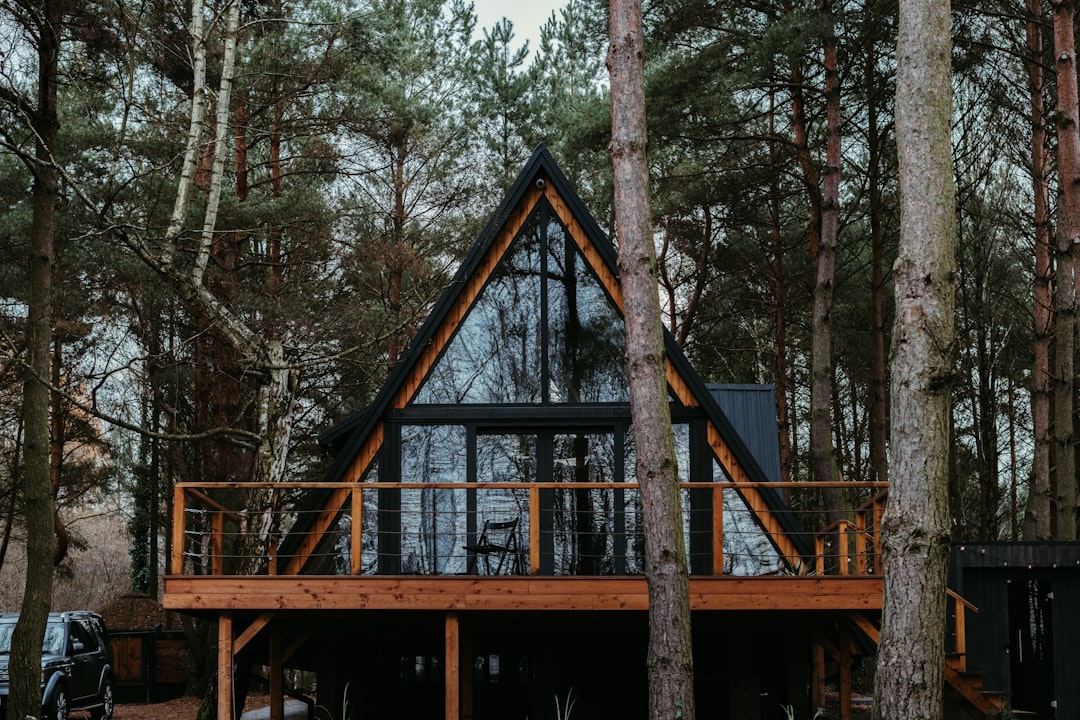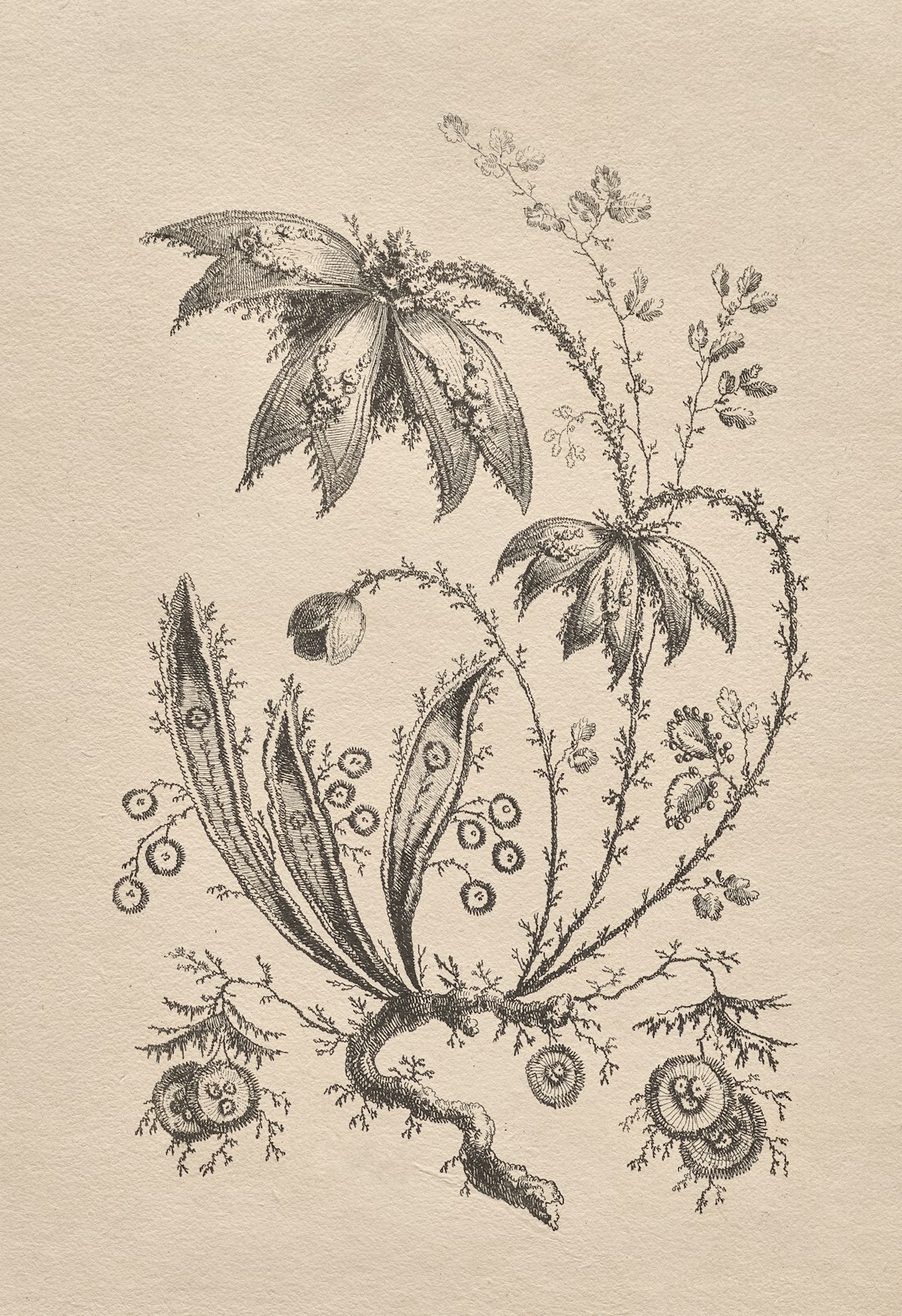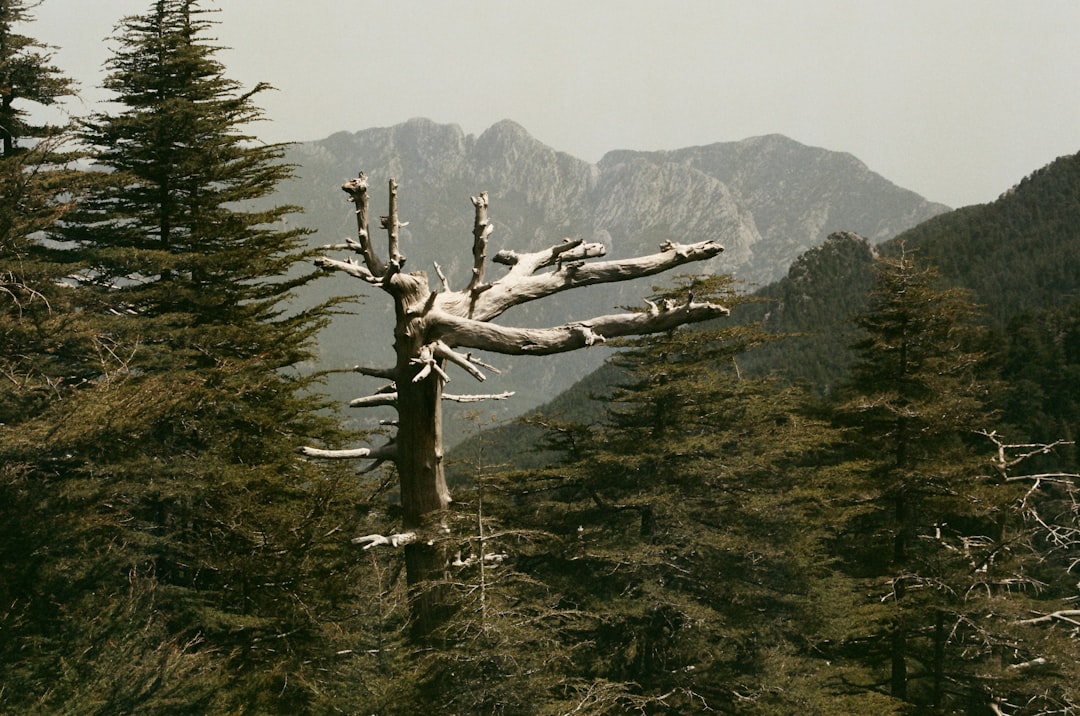Creating a memorable logo is one of the most important branding decisions a boutique hotel or bed-and-breakfast (BnB) can make. A logo isn’t just a pretty picture—it’s the first impression guests encounter, a visual cue that conveys your brand’s personality, aesthetic, and values. Whether your property is nestled in the mountains, surrounded by vineyards, or located in a historic district, a thoughtfully crafted logo can elevate your business’s identity and help attract the right guests.
TLDR: Choosing the right logo for a boutique hotel or BnB involves capturing both the spirit of the location and the personality of the place. From vintage-inspired emblems to minimalist icons, this guide explores twelve creative and effective logo design ideas. Learn how different logo styles connect with travelers and make your hospitality brand stand out. Whether you’re launching a new property or rebranding, find inspiration to create a logo that tells your story beautifully and memorably.
1. Minimalist Monogram
Nothing speaks to clean luxury more than a minimalist monogram. By using the initials of your hotel or BnB name in a stylish, streamlined font, you create a chic and timeless look. This style suits urban boutique hotels, upscale guesthouses, and those looking to convey an understated yet elegant vibe.
Pro Tip: Keep letter spacing tight and pair it with a neutral color palette like charcoal, ivory, or muted gold for a polished finish.
2. Rustic Nature Icon
Properties surrounded by natural landscapes—forest cabins, lakeside lodges, or mountain retreats—benefit from logos that incorporate natural icons. Think pine trees, rolling hills, or a full moon silhouette.

Combining hand-drawn elements with earthy tones paints a clear picture of the experience guests can expect: cozy, authentic, and serene.
3. Vintage Crest or Emblem
Want to evoke a sense of history and character? A vintage-style crest or emblem might be perfect. These logos often use carefully illustrated details—like scrolls, keys, or nautical elements—that hint at tradition or heritage.
They’re ideal for properties in historic buildings, coastal inns, or BnBs with a story-rich past. Add a year of establishment (e.g., “Est. 1892”) for extra credibility and timeless charm.
4. Botanical Illustrations
Florals and foliage offer delicate yet impactful visual cues that can evoke tranquility, femininity, or eco-conscious values. Line drawings of native plants, vines, or herbs make a logo feel bespoke and meaningful.
This style pairs well with boutique hotels in wine country, zen retreats, or country estates.

5. Architectural Silhouette
If your building has a unique architectural detail—like a turret, veranda, or arched doors—consider highlighting it in your logo. A simplified line drawing or silhouette creates brand recognition and emphasizes the character of your space.
These logos tie your visual identity directly to your location, making the property easier to remember.
6. Watercolor Accents
For a creative touch, integrate watercolor brushes or strokes into your logo design. These add softness and a sense of artisanal craft. Watercolor logos feel intimate and unique, making them ideal for creative stays, art-focused properties, or coastal BnBs.
The colors chosen should reflect your surroundings—turquoise for seaside properties, leafy green for forest lodges, or amber hues for desert inns.
7. Nautical-Themed Designs
Seaside and harbor-based accommodations should consider incorporating nautical motifs such as anchors, waves, lighthouses, or ships. When done with subtlety and style, these symbols communicate a clear identity without feeling cliché.
Pair the imagery with clean, serif fonts and classic navy or seafoam tones for a coastal aesthetic that appeals to maritime enthusiasts and beachgoers alike.
8. Art Deco Geometry
Inspired by the glitz of the 1920s, Art Deco-style logos use symmetrical lines, geometric borders, and dramatic fonts. This can work beautifully for upscale urban hotels or historic properties with period character.
Use a regal palette—perhaps gold on black—to heighten the glamor without moving into overly ornate territory.
9. Animal Mascot or Icon
Using animals in logos can add personality and friendliness. The key is to choose a creature that reflects either the experience or the region. Think foxes, stags, owls, or even local mythical animals. Stay away from cartoonish styles unless you cater to families with children.
This concept is especially memorable when done in a stylized or abstract form.
10. Typographic Focus
Sometimes less is more. A strong typographic logo—featuring only the name of the property in a distinct font—can be just as effective as symbolic designs. The trick here lies in selecting (or even custom-designing) a typeface that reflects the mood of the guest experience.
An elegant serif might exude classic romance, while a handwritten script speaks to charm and warmth.
11. Cultural or Regional Motifs
If your boutique hotel or BnB is located in a region with a strong cultural history—such as Morocco, Japan, Tuscany, or New Mexico—you can thoughtfully incorporate patterns, colors, or symbols that reflect that heritage.
Be respectful and intentional in how you choose these elements. It’s about honoring the setting, not appropriating it.
12. Circular Stamp Designs
Finally, circular “stamp” logos work beautifully for BnBs that want to communicate friendliness, adventure, or a local experience. These logos feel approachable and are highly versatile in application—from signage and guest materials to business cards and social media avatars.
They look particularly great when printed on merchandise like mugs or tote bags, making them ideal for gift-shop integration.
Frequently Asked Questions (FAQ)
-
Q: How important is a logo for a boutique hotel or BnB?
A: A logo is crucial for building brand recognition, making a strong first impression, and setting the tone for your guest experience. It visually communicates your style, values, and what guests can expect from a stay. -
Q: What file formats should my final logo be in?
A: At a minimum, you should have your logo in vector format (SVG, AI, or EPS), as well as raster formats like PNG and JPEG for web and print uses. -
Q: Can I make a great logo myself, or should I hire a designer?
A: If you have design experience and access to quality tools, you can certainly try. However, most boutique accommodations benefit from working with a professional logo designer who can translate your vision into a cohesive brand identity. -
Q: What colors work best for hotel logos?
A: Nature-based colors (greens, blues, browns), luxurious tones (gold, navy, cream), and regionally inspired shades tend to work well. The best palette reflects both the brand and its environment. -
Q: Should my logo include the full name of the property?
A: That depends on the length and memorability of the name. Some logos use initials or monograms effectively, while others feature the full name if it’s short and unique.
Whether you’re launching a new retreat or rebranding your existing guesthouse, remember that a logo isn’t just a design—it’s your story in visual form. Choose with care, design with intention, and let it work for you as your first ambassador on every booking platform, website, and welcome sign.


